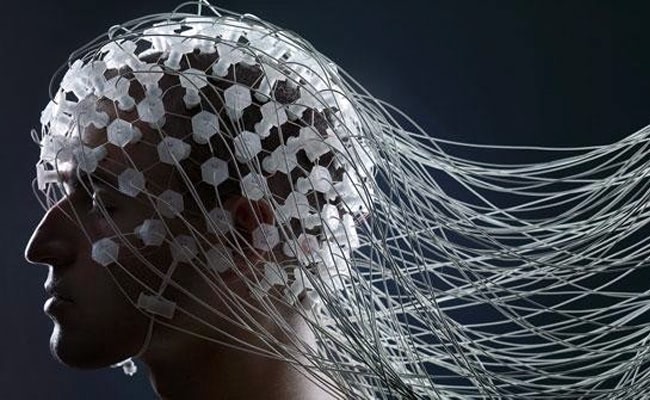A middle-aged lady suffering from amyotrophic lateral sclerosis, which causes progressive motor neuron damage, and paralyzed from the neck down was able to communicate with the outside world by controlling a Nexus Tablet to her brainwaves.
Severely paralyzed patients are in a state called “locked-in”. They are fully aware of themselves and their surroundings, but they cannot move a finger. Dr. Paul Nuyujukian, a neuroengineer and physician from Stanford University, and his team succeeded in bypassing cumbersome eye or head tracking equipment, and instead created a customizable and affordable device that doesn't need physical electrodes. The device uses a tiny microarray chip with Bluetooth connection, which is directly implanted into the brain. Neural signals can be identified by complex algorithms and used in real time to control mouse cursors.
"We were going to design our own touchscreen hardware, but then realized the best ones were already on the market" Nuyujukian said. "So we went on Amazon instead and bought a Nexus 9 tablet. One of the upsides of this is that the interface, didn’t look like it was designed in the 80s. Also she now has access to the entire Android app store".
The patient was able to Google questions about gardening, also thanks to the autocompletion feature of the search engine, which proved to be an incredibly helpful aid. She could easily navigate through links and use the standard QWERTY keyboard with ease.
"Our goal is to unlock the full user interface common to general-purpose computers and mobile devices" Nuyujukian explained. "This is a first step towards developing a fully-capable brain-controlled communication and computer interface for restoring function for people with paralysis".
Source: Singularity HUB. Image: India future society

Share your thoughts and join the technology debate!
Be the first to comment